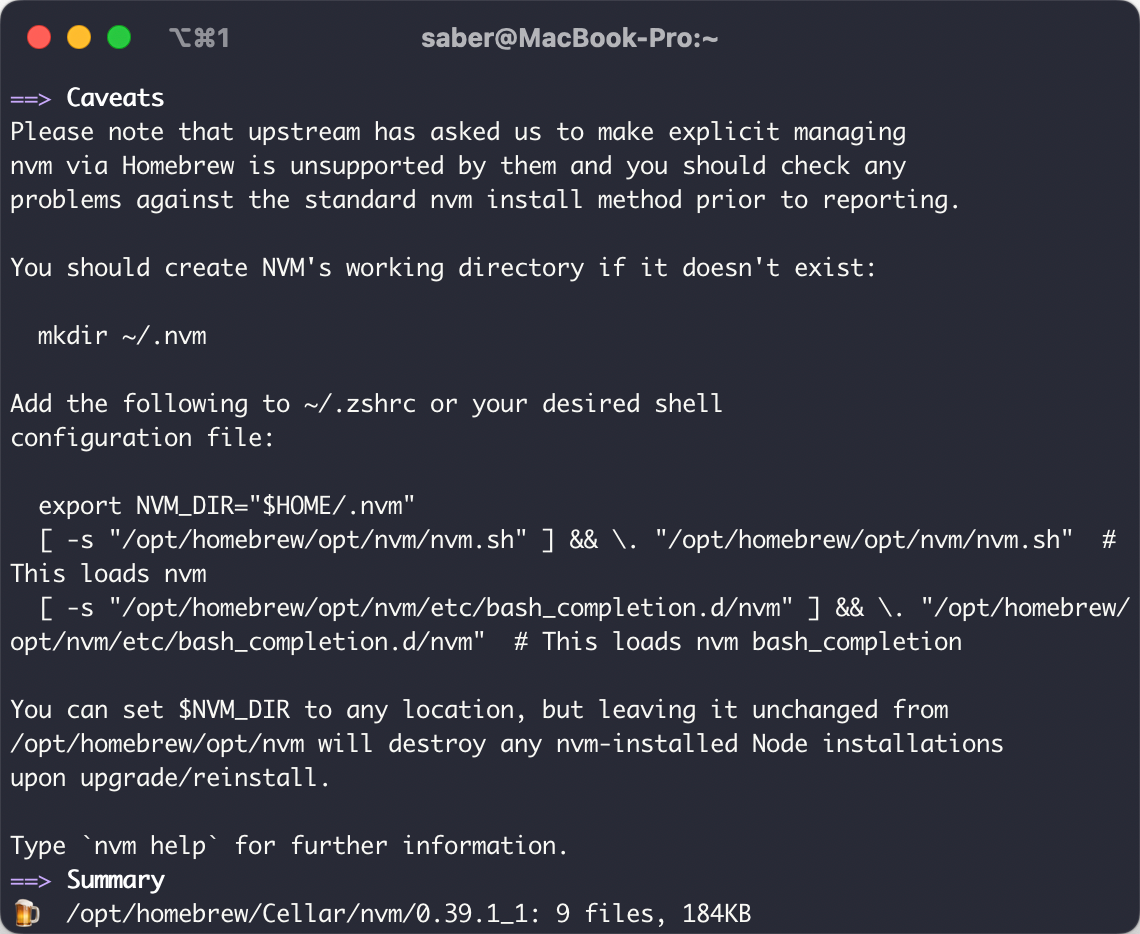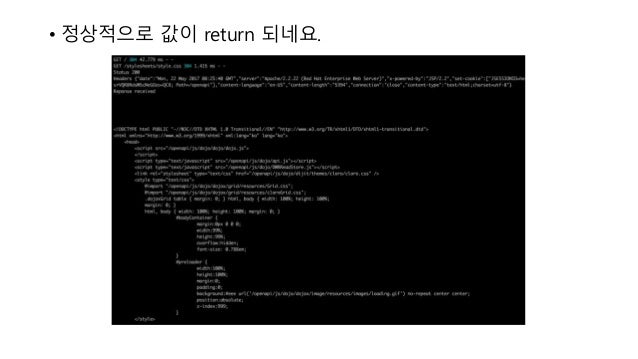

To use a specific version of Node.js with nvm, you will need to follow these steps: List available Node.js versions

Once nvm is installed, you can use it to install the latest version of Node.js by running the following command: nvm install node Once you have Homebrew installed, you can use it to install nvm by running the following command: brew install nvmĪdd nvm to your shell profile: To make nvm available every time you open a new terminal window, you will need to add the following line to your shell profile (e.g., ~/.bash_profile or ~/.zshrc): source $(brew -prefix nvm)/nvm.sh To do this, open a terminal window and run the following command: /bin/bash -c "$(curl -fsSL )" Nvm is not available in the default package manager for Mac, so you will need to install Homebrew first. To install nvm on a Mac, you will need to follow these steps: Install Homebrew nvm works on any POSIX-compliant shell (sh, dash, ksh, zsh, bash), in particular on these platforms: unix, macOS, and windows WSL. nvm is a version manager for node.js, designed to be installed per-user, and invoked per-shell. Nvm (Node Version Manager) is a tool that allows you to install and manage multiple versions of Node.js on your Mac.


 0 kommentar(er)
0 kommentar(er)
